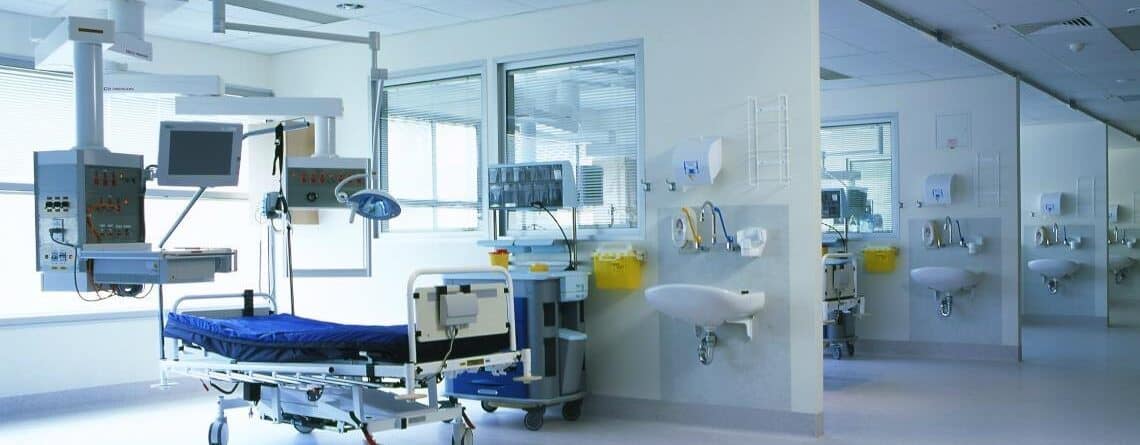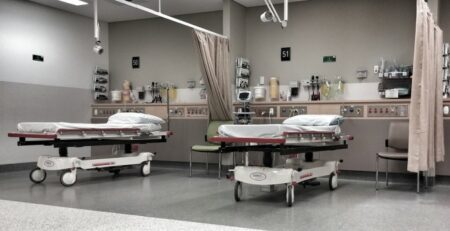Hospital Infrastructure Cost Breakdown: Budgeting for Success
Building a hospital is a monumental task, and the financial stakes are sky-high. Without
meticulous planning, hidden costs can derail your project before the doors even open. As
someone who’s navigated these waters and learned the hard way, I’ve seen doctor-
entrepreneurs burn through budgets by overlooking expenses that don’t appear in initial
financial models but hit like a brick during construction. The good news? I’ve also discovered
how to save up to 40% on hospital infrastructure costs. Most doctors overspend by millions, but
you don’t have to. Let’s break down where the money really goes and how to budget smarter.
Why Cost Planning Is Non-Negotiable
Building a hospital without a detailed cost plan is financial suicide. Harsh, but true. Your dream
of opening a hospital isn’t just about beds and walls—it’s about creating a sustainable system
that can operate efficiently for decades. That starts with knowing exactly where every rupee will
go before you break ground. Proper cost planning ensures you avoid surprises, stay within
budget, and build a facility that aligns with your vision. Here’s the infrastructure cost breakdown
every hospital promoter needs to know.
The Real Cost Breakdown
Civil Construction (25–30% of Total Budget)
Civil construction forms the backbone of your hospital, typically eating up the largest chunk of
your budget.
This includes:
- Foundation, structural work
- Flooring, walls, and ceiling systems
- Fire safety systems and emergency exits
Most promoters account for this correctly, but the mistake lies in underestimating finishing costs.
Specialized wall coatings, high-quality flooring for sterile environments, and safety upgrades can
escalate quickly.Forgetting to budget for these can inflate costs faster than you expect.
Electrical & HVAC (15–20%) – This is the “silent” cost bucket that often gets ignored because it’s not as glamorous as shiny new equipment. But without it, your hospital won’t function.
Key expenses include:
- Power backup and distribution systems
- Specialized air conditioning for sterile environments
- Medical gas pipeline networks
A functional operating theatre or ICU depends on these systems. Skimp here, and you’ll face
costly retrofits or operational downtime later.
Interiors & Furniture (5–6%) – Everyone wants their hospital to look premium, but overspending on aesthetics can drain your budget.
This category covers:
- Patient rooms and ward furnishing
- Nursing stations and waiting areas
- Administrative offices and staff rooms
Balance is key. Prioritize functional, durable furniture over luxury to avoid overspending while
still creating a welcoming environment.
IT Infrastructure (2-4%) – In today’s hospitals, IT is the nervous system. Underinvesting here is a recipe for inefficiency.
Key components include:
- Hospital Management Software (HMS)
- Networking and communication systems
- Digital imaging and data storage
A modest investment in IT can save crores in operational costs by streamlining processes and
improving patient care. Don’t skip this.
Medical Equipment (20–30%) – Medical equipment is where doctors tend to focus, and rightfully so—it’s the heart of patient care.
This category includes:
- ICU and operation theatre setups
- Diagnostic machines and lab equipment
- Patient monitoring systems
The trap here? Overlooking backup systems. Power generators, oxygen supply pipelines, and
sterile HVAC systems aren’t optional—they’re mission-critical. Failing to account for these can
lead to operational failures before your hospital even opens.
Compliance & Certifications (2–5%) – Compliance is the hidden killer that catches many first-time builders off guard.
Costs here include:
- NABH accreditation
- Fire safety and legal approvals
- Environmental compliance
Ignoring these costs can lead to delays or even project shutdowns.
The Small Things That Add Up – Don’t let the “small” expenses fool you—they can snowball.
These include:
- Loose furniture & fixtures
- Security systems
- Landscaping & parking
- Contingency buffer etc
The contingency buffer is non-negotiable. Construction delays, fluctuating equipment prices,
and sudden regulatory changes are common. Without a 5–10% buffer, your project is at risk of
stalling.
Smart Budgeting Strategies
So, how do you avoid burning through cash? Smart promoters follow a disciplined, three-phase
approach:
- Planning Phase
a) Get detailed estimates from at least three vendors. Compare quotes to ensure you’re not
overpaying.
b) Break down costs per square foot and per bed. This helps you understand the scale of
expenses and allocate funds wisely.
c) Lock in prices for big-ticket items early. Equipment and material costs can fluctuate, so
secure contracts to avoid surprises. - Execution Phase
a) Track spending weekly against milestones. Regular monitoring prevents small overruns
from becoming big problems.
b) Don’t release payments until quality is verified. Ensure vendors meet specifications
before signing off.
c) Stay ruthless with cost overruns. Negotiate hard and stick to your budget. - Contingency Phase
a) Keep a 10–15% buffer at all times. This is your safety net for unexpected costs.
b) Use it only for regulatory changes or mission-critical needs. Avoid dipping into it for non-
essential upgrades.
Example Budget: 100-Bed Hospital in a Tier-2 City
To give you a sense of scale, here’s a rough budget for a 100-bed hospital in a Tier-2 city in
India:
1) Civil, MEP & Interiors work: ₹30–35 crores
2) Medical Equipment: ₹20–25 crores
3) IT Systems: ₹2–3 crores
4) Compliance: ₹1.5–2 crores
5) Working Capital / Buffer: ₹4–5 crores
Total: ₹60–70 crores
These numbers will vary based on location, hospital size, and specialization, but they provide a
realistic starting point.
The Big Choice: Where to Invest
Your budget reflects your priorities, so make strategic choices:
(1) Want premium positioning? Invest more in civil construction and high-end equipment to create a flagship facility.
(2) Want faster ROI? Prioritize essential equipment and phase luxury upgrades over time.
(3) Short on funding? Phase your purchases—don’t buy everything upfront. Start with core systems and expand as revenue flows in.
(4) Your budget, your goals, your choice. Don’t let vendors or consultants dictate your priorities.
Final Thoughts
Your hospital’s success isn’t about how much you spend—it’s about how smartly you spend.
The hospitals that thrive are those that plan every rupee meticulously before breaking ground.
The ones that fail? They assume everything will go smoothly and get blindsided by hidden
costs.
So, ask yourself: Which approach are you taking with your hospital project? Plan smart, budget
ruthlessly, and build a hospital that doesn’t just open its doors but stays open for decades.








Leave a Reply